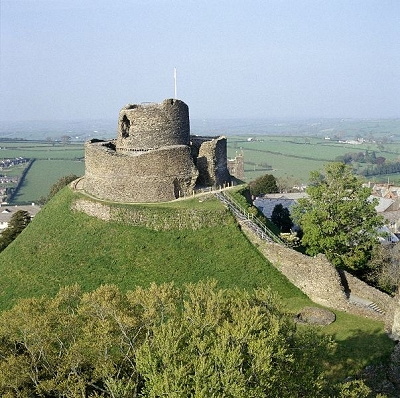
Like us on Facebook
PLACE NAMES


 
|
|
Launceston
|

| |
Launceston is built on the side of a large hill, which makes it almost immune to flooding, unlike the nearby suburb of Newport, situated at the bottom of the hill, which is susceptible to flooding by the River Kensey. Launceston is a market town and the main shopping centre for the adjoining rural areas of west Devon and east Cornwall.
The suburb of Newport is recorded for the first time during the 13th century. The natural advantages of the Launceston district had been recognised by the Anglo-Saxon monks of St Stephen and by the Norman lord of Cornwall in the reign of King William I. At this point in the course of the River Tamar it is joined by four tributaries within a short distance and its flood plain is relatively large, while further south the Tamar valley is narrow and meandering.
Launceston is on the A30 trunk road. The road used to pass through the town centre but a dual carriageway bypass now carries traffic south of the town. The bypass crosses the River Tamar on the Dunheved Bridge which was built in 1975/6 and substantially rebuilt in 2006/7. Launceston is approximately 42 miles (67 km) west of Exeter, 26 miles (42 km) north of Plymouth and 21 miles (34 km) east of Bodmin. It is roughly midway between the north coast of Cornwall (at Bude) and the south coast (at Saltash).
Stourscombe SSSI, a geological Site of Special Scientific Interest, one mile to the east of Launceston, is designated "for the best inland exposure of the Upper Devonian in South West England and the type locality of the Stourscombe Beds (Upper Famennian)".
|
 Feel free to Email me any additions or corrections Feel free to Email me any additions or corrections
LINKS AVAILABLE TO YOUR SITE
| |





